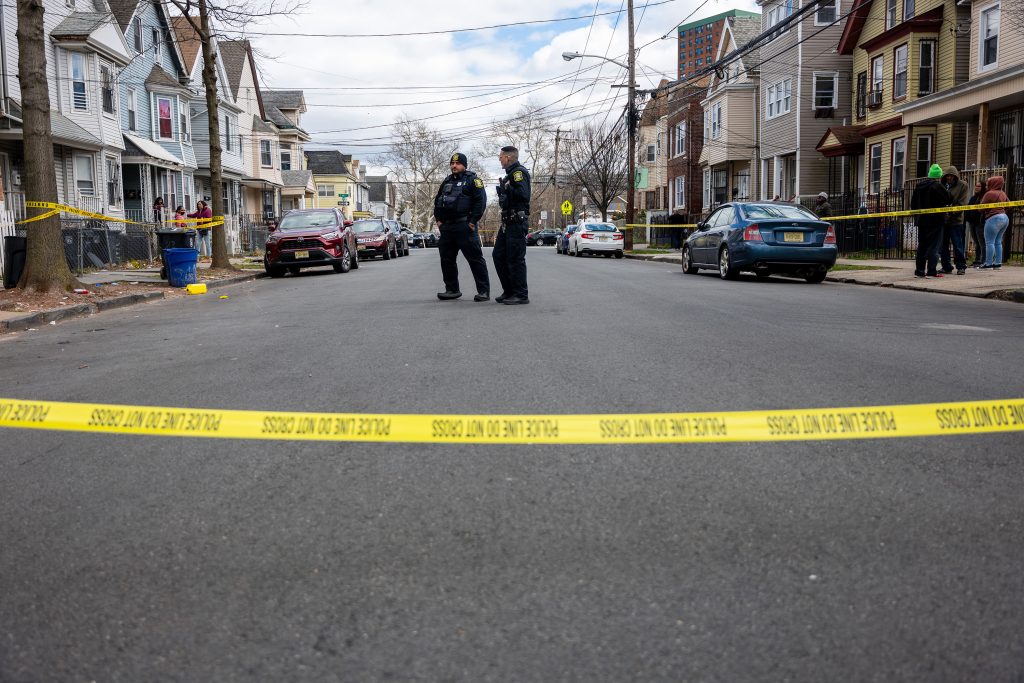The Northeastern United States experienced a seismic event on Friday morning, with a 4.8 magnitude earthquake striking near Whitehouse Station, New Jersey. This unexpected event rattled residents across several states and prompted significant reactions from both officials and the public. Furthermore, an aftershock measuring 4.0 magnitude added to the seismic activity later in the evening. This article explores the implications of these earthquakes, including their impact on infrastructure, services, and the response from authorities.
The Initial Quake: The earthquake, originating just north of Whitehouse Station, NJ, sent shockwaves across the region, with reports of tremors felt as far as Washington, D.C., and Boston. The U.S. Geological Survey (USGS) provided crucial data on the quake’s magnitude and depth, aiding in assessing its potential impact. Despite its relatively moderate magnitude, the earthquake raised concerns about structural integrity and safety in affected areas, prompting swift responses from local authorities and transportation agencies.
Impact on Services and Infrastructure: The earthquake triggered ground stops at several airports, including Newark, JFK, and Baltimore/Washington, as authorities conducted inspections to ensure the safety of runways and terminals. Additionally, New Jersey Transit reported delays due to bridge inspections, highlighting the earthquake’s impact on transportation infrastructure. While Amtrak and the New York City subway system remained operational, concerns about service disruptions underscored the need for thorough safety assessments.
Public Reaction and Social Media Response: Residents, particularly in New York City, took to social media to share their experiences of feeling their apartments shake during the earthquake. The widespread dissemination of eyewitness accounts and footage provided valuable insights into the quake’s intensity and reach. Media personalities, such as CBS News anchor Anne-Marie Green and MSNBC host Lawrence O’Donnell, shared their observations, contributing to the public discourse surrounding the event.
Official Response and Preparedness Efforts: Government officials, including President Biden and New York City Mayor Eric Adams, swiftly addressed the earthquake, emphasizing the importance of preparedness and vigilance. While there were no reports of significant damage, authorities remained vigilant for potential aftershocks. Mayor Adams reassured New Yorkers of the city’s readiness for unexpected events, highlighting the importance of community resilience and emergency response protocols.
Lessons Learned and Future Preparedness: The earthquake serves as a reminder of the unpredictable nature of seismic activity in the Northeast and the importance of proactive measures to mitigate risks. As communities assess the impact of the quake and aftershock, there is an opportunity to reinforce infrastructure resilience and public awareness initiatives. Additionally, collaboration between federal, state, and local agencies is crucial in enhancing response capabilities and ensuring the safety and well-being of residents.
The recent earthquake and aftershock in the Northeastern United States have prompted a coordinated response from authorities and heightened public awareness of seismic risks. While the immediate impact appears limited, the events serve as a reminder of the region’s vulnerability to earthquakes and the need for ongoing preparedness efforts. By learning from this experience and investing in infrastructure resilience and emergency response capabilities, communities can better mitigate the impact of future seismic events and ensure the safety and security of all residents.
